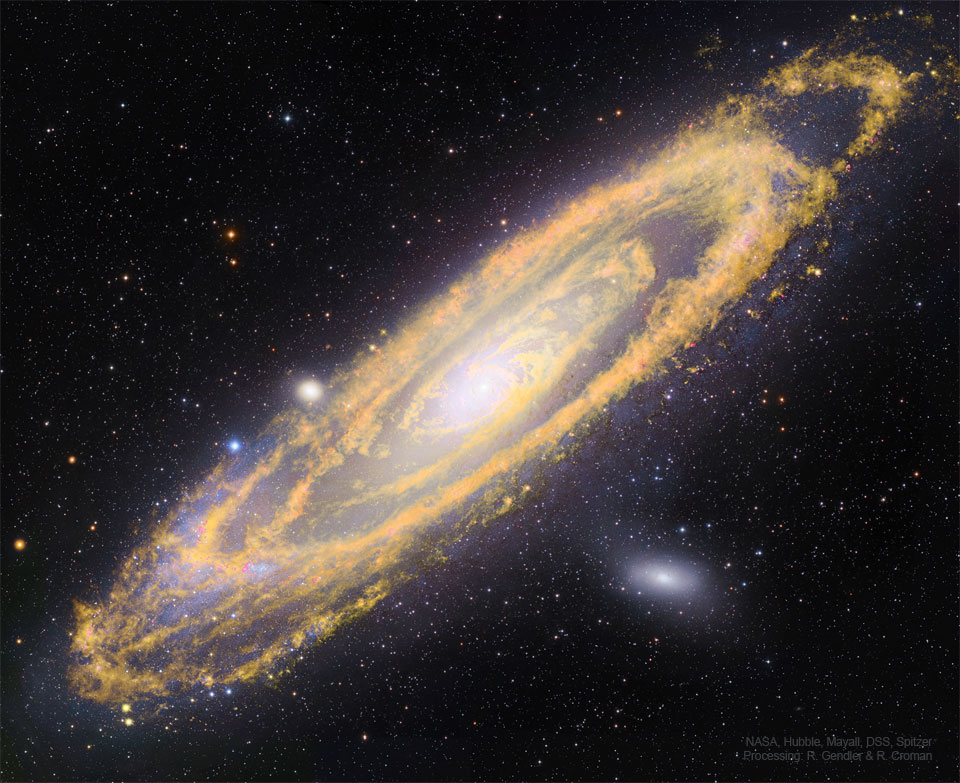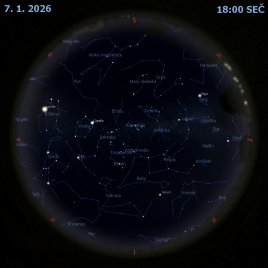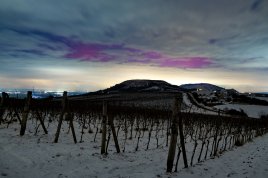Nynější a budoucí hvězdy Andromedy

Uznání: NASA, NSF, NOAJ, Hubble, Subaru, Mayall, DSS, Spitzer; Processing & Copyright: Robert Gendler & Russell Croman
Tento snímek Andromedy ukazuje nejen kde nyní hvězdy jsou, ale i kde brzy budou. Velká a krásná Galaxie v Andromedě, M31, je spirální galaxie vzdálená zhruba 2,5 milionů světelných roků. K vytvoření tohoto zajímavého kompozitního obrazu Andromedy ve vlnových délkách viditelného světla i mimo ně byly využity jak pozemní, tak kosmické observatoře. Viditelné světlo nám ukazuje, kde jsou hvězdy v M31 nyní, jsou zvýrazněné bílou a modrou barvou a zachytily je dalekohledy Hubble, Subaru a Mayall. Infračervené světlo ukazuje hvězdy, které brzy v budoucnosti vzniknou, zde jsou zvýrazněny oranžovou barvou ze snímků Spitzerova kosmického dalekohledu. Infračervené světlo sleduje ohromné, hvězdami zahřáté pásy prachu, které se proplétají spirálními rameny Andromedy. Tento prach stopuje galaktický mezihvězdný plyn, surový materiál pro budoucí vznik hvězd. Nové hvězdy nejspíše vzniknou v několika příštích stovkách miliónů let, jistě mnohem dříve, než Andromeda za 5 miliard let splyne s naší Mléčnou dráhou.
Seznam odkazů v popisu
- Wikipedia: Andromeda_Galaxy
- Wikipedia: Spiral_galaxy
- NASA: What Is a Light-Year?
- RobGendlerAstropics.com: M31-Spitzer-New-Mouseover-M
- NASA: Visible Light
- NASA: About The Hubble Space Telescope
- SubaruTelescope.org: About the Subaru Telescope
- Wikipedia: Nicholas_U._Mayall_Telescope
- NASA: Infrared Waves
- CalTech.edu: Spitzer Space Telescope - Mission Overview
- APOD: 2021-11-17 NGC 3314: Když se galaxie překrývají
- APOD: 2003-07-06 Fraktální mezihvězdný prach zblízka
- NASA: Stars
- NewTownSquareVet.com: Foto: Kočka :-)
- APOD: 2012-06-04 Osud Mléčné dráhy: Srážka s Andromedou
- NASA: The Milky Way Galaxy
NASA Official: Phillip Newman Specific rights apply. NASA Web Privacy Policy and Important Notices
A service of: ASD at NASA / GSFC & Michigan Tech. U.
Odkaz na originální APOD


